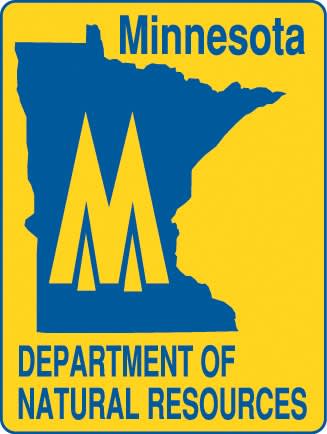With Animals Nesting, Minnesota DNR Urging Landowners to Delay Roadside Mowing
OutdoorHub 05.21.12

Landowners along Minnesota roads and highways are being urged by the Department of Natural Resources (DNR) to delay mowing or otherwise disturbing vegetation until after Aug. 1.
“This is the critical nesting season for wildlife that thrives along Minnesota roads,” said Carmelita Nelson, the DNR prairie habitat coordinator. “Unfortunately, we have already had reports of pheasant hens and nests being mowed over this spring.”
Motorists pass a nest every four to eight seconds. Roadside habitat provides hatching grounds for about 25 percent of each year’s pheasant brood. Roadsides also are important habitat for teal, mallards, gray partridge, many grassland songbirds, frogs and turtles. Mowing and haying ditch bottoms and back-slopes from May-July destroys 40-70 percent of roadside nests. By Aug.1, approximately 90 percent of the bird eggs have hatched.
“State law prohibits road authorities from mowing an entire right-of-way until July 31, although they may mow the first eight feet for safety and visibility,” Nelson said. “Private landowners may mow or hay the roadside adjacent to their property at any time, but they can help wildlife by waiting. Early mowing destroys many nests and kills incubating hens who will often sit tight on a nest instead of flying away from a mower.”
Nesting pheasants
A nesting pheasant hen lays eggs at a rate of about one per day, resulting in nests that contain an average of 12 eggs. The incubation period of 23 days starts after all eggs have been laid. The hen remains on the nest during incubation, leaving only briefly to feed. If the nest is destroyed, the hen will repeatedly nest until she is successful in hatching a clutch, although re-nesting clutches have fewer eggs.
The pheasant hatch peaks about the third week of June, when about 60 percent of the eggs hatch. Depending on weather, many birds continue nesting into early July. Hens make from one to four attempts at nesting during the spring nesting season, but only hatch one brood per year.
The chicks need to be at least two to three weeks old to have any chance of escape from mowers. The reproductive season is over by Aug. 1 for most pheasants, with the exception of a few birds attempting late re-nesting.
Roadsides also should be protected from burning, crop tillage, blanket spraying of herbicides and vehicle encroachment during these
months. The DNR recommends that landowners use spot mowing or spraying to treat noxious weeds.
Roadsides provide more than 500,000 acres of nesting areas in the pheasant range of southern and western Minnesota. Roadside habitat is especially important in intensively row-cropped regions where there is little other grassland available.
For more information, visit the DNR website at www.mndnr.gov/roadsidesforwildlife or contact the DNR Information Center at 651-296-6157 or toll-free 888-646-6367.

